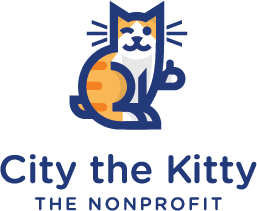Purina, Help Us End Declawing With Some Of The Money You Are Making From It
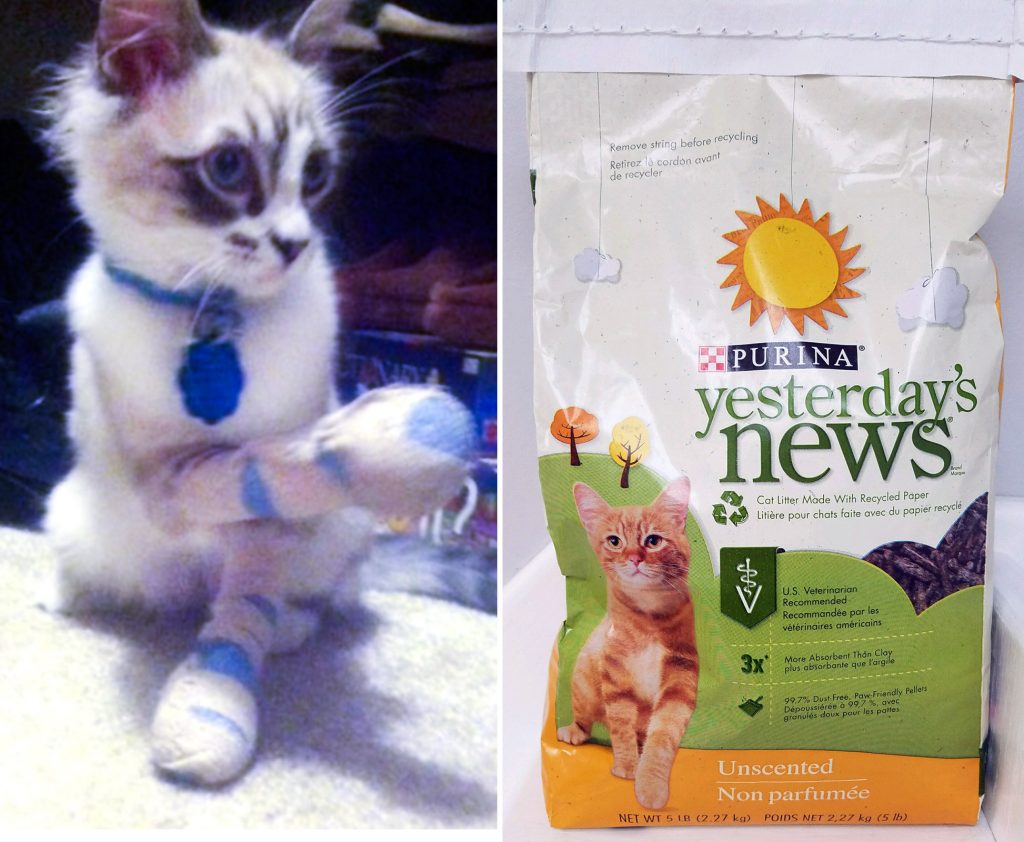
Purina’s Yesterday’s News cat litter is purchased and recommended by most veterinarians who declaw cats, as their go to, post-surgical litter for declawing.
Sadly, around 2 million cats a year in America are declawed. That’s a lot of sales of Yesterday’s News cat litter from this very harmful and inhumane procedure.
If Purina donated just 50 cents from every sale of Yesterday’s News litter to the cause to end declawing OR used that money to make educational videos about why cats need their toes and claws, it would save hundreds and thousands of cats from going through this very inhumane procedure.
It would show that Purina truly cares about helping to end this horrific and unnecessary procedure that is done to millions of cats in North America mostly for the welfare of a sofa.
Near Pain Free Cat Declaw By An 18 yr AVMA Member Veterinarian
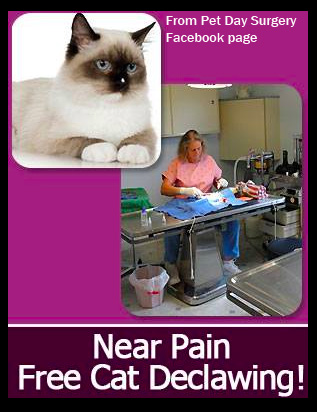
Near Pain Free Cat Declaw By An 18 yr AVMA Member Veterinarian. This is another example of why declawing needs to be banned.
The Big, Ugly, Unethical Business of Amputating Cat Toes & Claws
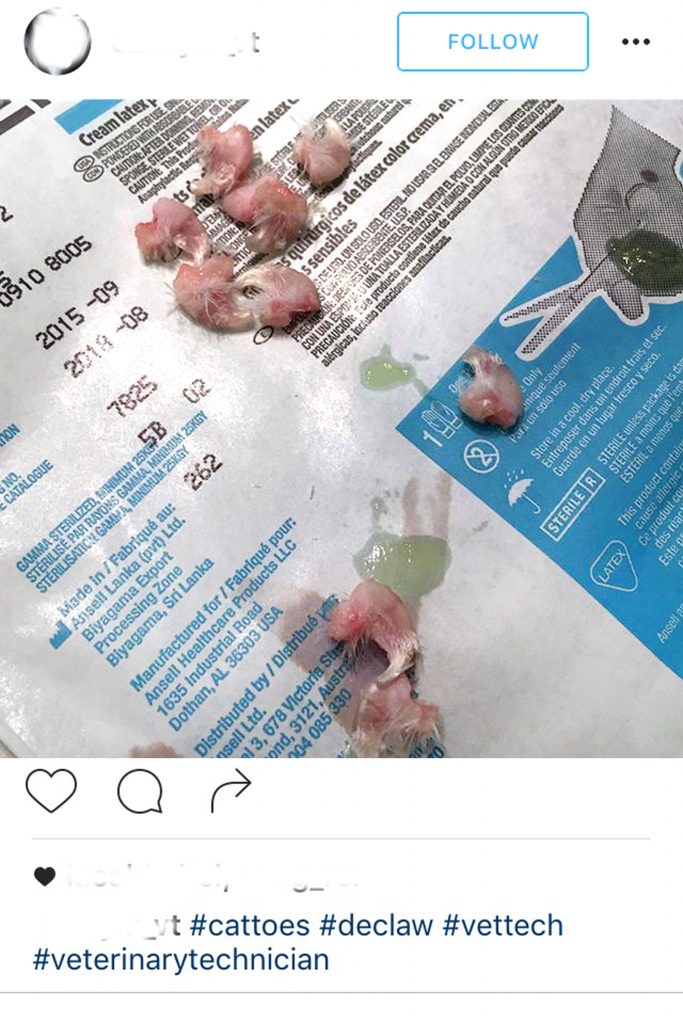
“We can’t declaw a dog. Dog’s nails are different than cat nails and dogs nails have veins in the nails. Cats don’t have veins inside their nails,” said the employee at this veterinary practice after asking the veterinarian.
My Veterinarian Deceived Me About Declawing Taz
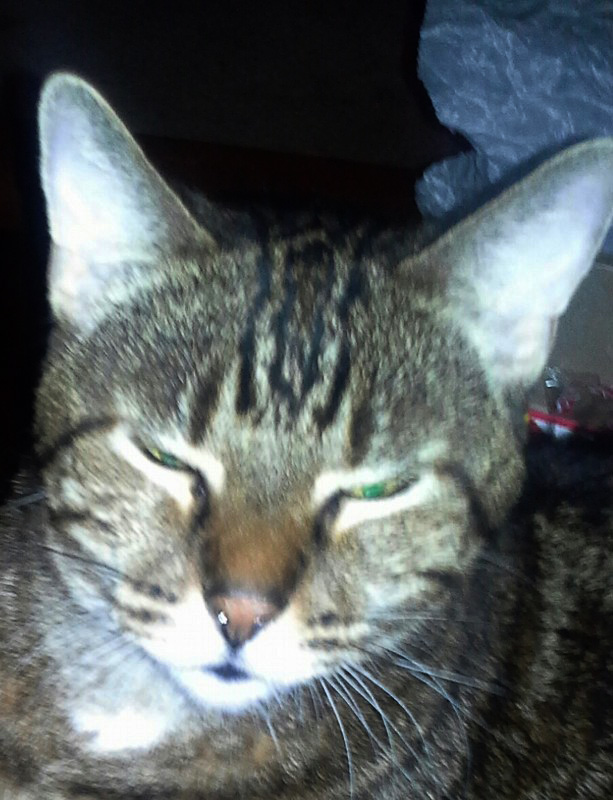
My baby, Tasmanian Devil was a graduation gift when I graduated high school in 2002. We waited til he was a year old then we got him fixed. When he got home he was so mad he tore up my mother’s couch.
We decided to talk to his vet about declawing. Well, we were told that he would be put under and there would be no pain whatsoever.
He was so very wrong, when it got cold his paws would swell and it was hard for him to walk. I felt horrible and heart broken.
“We Do Work Hard To Give Cat Owners Advice And Choices.” Really?
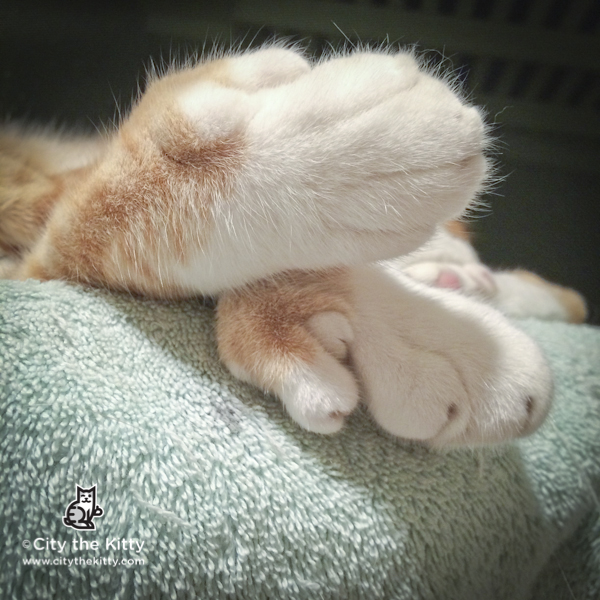
The practice where the President of the Long Island Veterinary Medical Association works charges $1.50 per toe to apply Soft Paws to your cat’s nails and this President charges $38 per toe for her to amputate your cat’s toes. The practice that the President of the New York State Veterinary Medical Society owns, charges $4 per toe to apply Soft Paws to your cat’s nails and this President charges $66 per toe for her to amputate your cat’s toes. Both practices require you to bring in your own Soft Paws for the application service.
A Review of Medically Unnecessary Surgeries in Dogs and Cats

A big study was quietly published in JAVMA in January 2016 and it involves declawing, debarking, and ear cropping. You have to be a member to read it, so most of the general public never saw this.
Most vets find ear cropping and debarking to be unethical and wrong. Yet many of these same vets are declawing cats.
Don’t you think it’s time for a wake up call for these vets to start putting the welfare of cats on the same level as dogs?
URGENT! Request to take down a photo of a declawed kitty
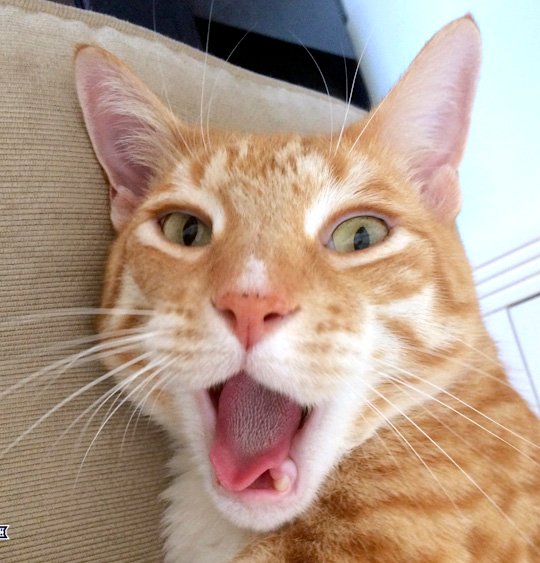
This is serious my friends. I was threatened with “legal ramifications” and “harassment” if I don’t cooperate and this person said I have no idea who I started a fight with. YIKES! This has the hair on my body standing on end and scared me so much that I called 1-800- LawyerUp to get one on standby.
The NYSVMS Aggressively Defended Their Right To Torture & Maim Animals

The NYSVMS sent this smug email (below) to their 5000 veterinary members yesterday about their victory. They are so proud of this accomplishment of stopping our important declawing bill AND the bill that would have banned the cruel and inhumane mutilating procedure that silences a dog’s voice. As with declawing, this procedure provides no medical benefit to dogs and are done solely for the convenience of the owners.
There are always safe, commonsense, and humane alternatives for the natural scratching behavior in cats and the barking in dogs.
The NYSVMS and other veterinary associations take this route that they don’t want anyone to take away their “medical procedures” because they are “licensed professional veterinarians” and they know the best “medical treatment decisions that are in the best interests of their patients.”
A “Licensed Professional Veterinarian” Declawed Mishka on ALL 4 Paws AND Removed All His Teeth

Mishka was 2 yrs old, his owner had him , “declawed on all four paws and had all of Mishka’s teeth were removed because he was chewing on baseboards and things.”
Yep, a trained, licensed veterinarian, who had years of education in the veterinary medical field, made the decision to perform these “medical procedures” on this poor kitty.
NYSVMS,”We Scored A Direct Hit”, “Marshal Our Forces”, “Implement Our Tactics”
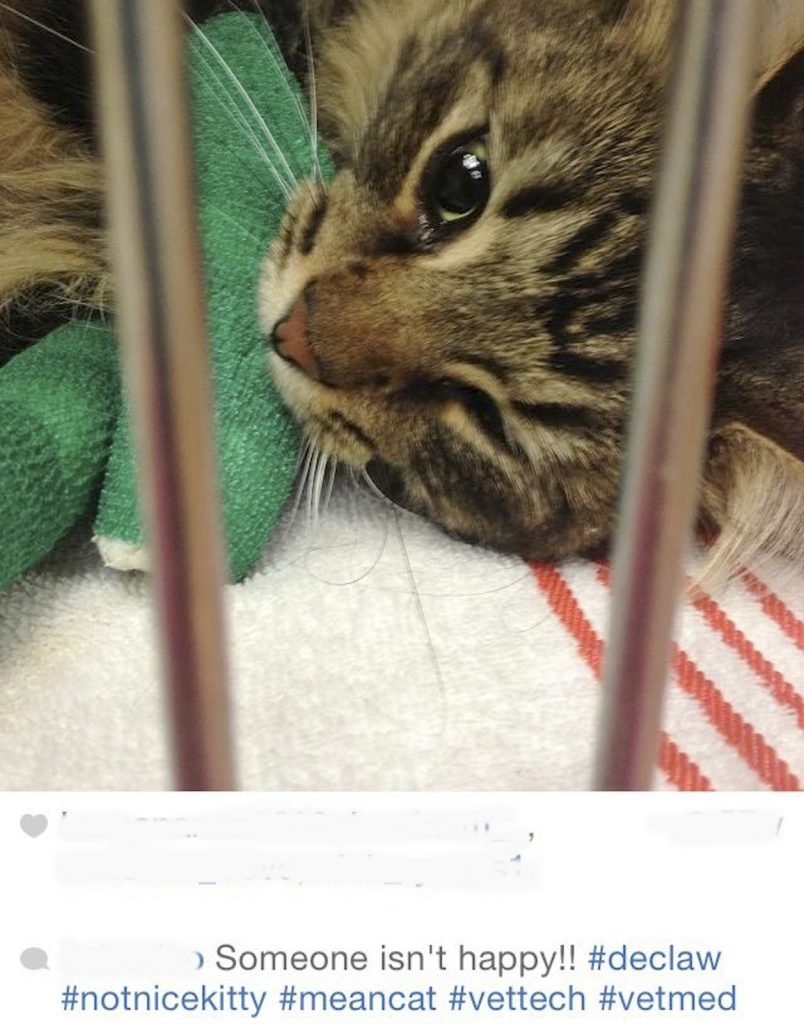
Yesterday, the NYSVMS stopped our cat protection bill in NY, that would have ended the elective, non-therapeutic mutilating procedure that these unethical veterinary professionals like to call a “medical procedure.” It’s NOT a medical procedure but they convinced enough NY Senators that pro-declaw vets should be able to keep amputating kitties toe bones and claws and stopped the NY Cat Protection bill.
These “leaders” who run these powerful and rich veterinary associations, pretend like they really really care about cats and say if declawing was banned then many cats would be thrown away to shelters and euthanized.
